The tomb of a distinguished military officer from the time of Emperor Augustus has been unearthed in Pompeii. The discovery occurred during the construction of a functional air chamber designed to evacuate moisture from the underground spaces of the San Paolino building, which now houses the new library of the Pompeii Archaeological Park.
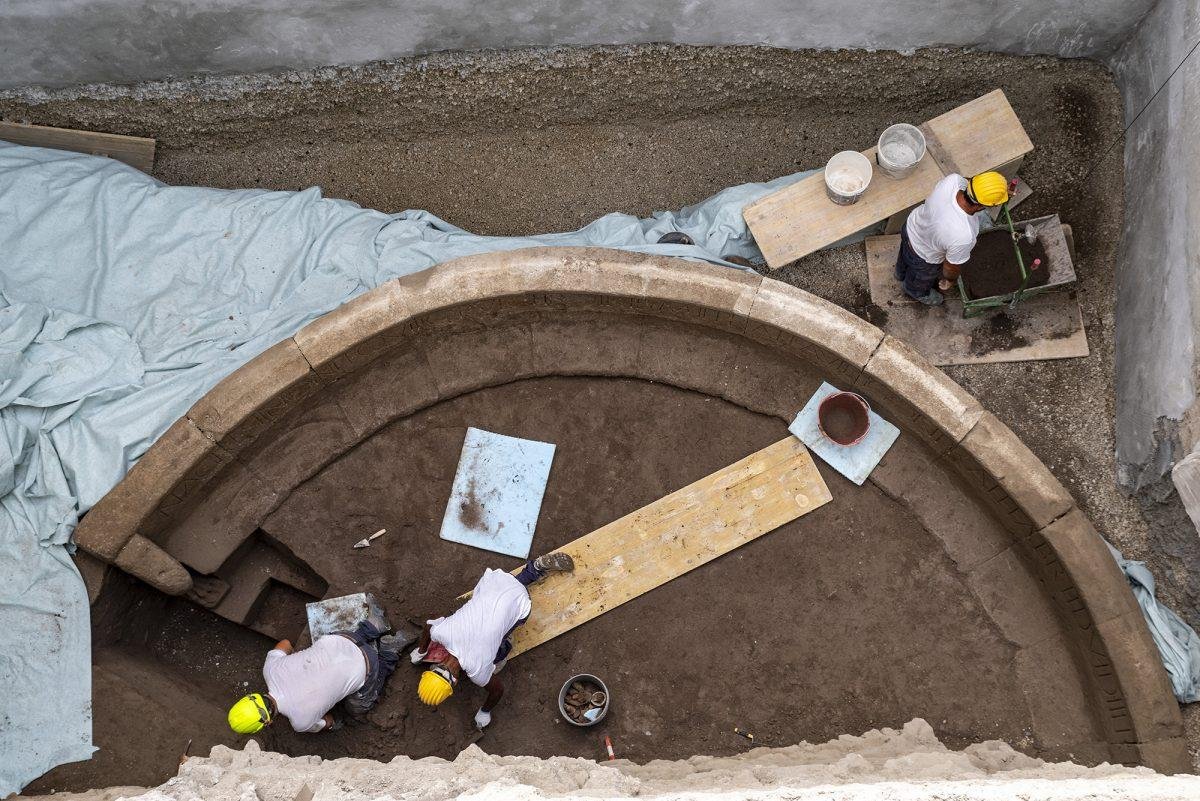 Courtesy of the Archaeological Park of Pompeii
Courtesy of the Archaeological Park of Pompeii
The tomb’s discovery was announced in the E-Journal of Pompeii Excavations. Notable scholars, including Maria Chiara Scappaticcio, Full Professor of Latin Language and Literature at the University of Naples Federico II, and Alberto Dalla Rosa, Full Professor of Roman History at Université Bordeaux Montaigne, contributed to the reading and interpretation of the inscription found on the tomb.
The tomb belonged to Numerius Agrestinus, a highly respected figure in ancient Pompeii. The inscription on the tomb provided significant details about his life and career, revealing a man who held several prestigious тιтles and roles. It reads:
“N(umerius) AGRESTINUS N(umerius) F(ilius) EQUITUS PULCHER TRIB(unus) MIL(itum) PRAEF(ectus) AUTRYGON(um) PRAEF(ectus) FABR(um) II D(uum)V(irus) I(ure) D(icundo) ITER(um) LOCUS SEPULTURAE DATUS D(ecreto) D(ecurionum)”
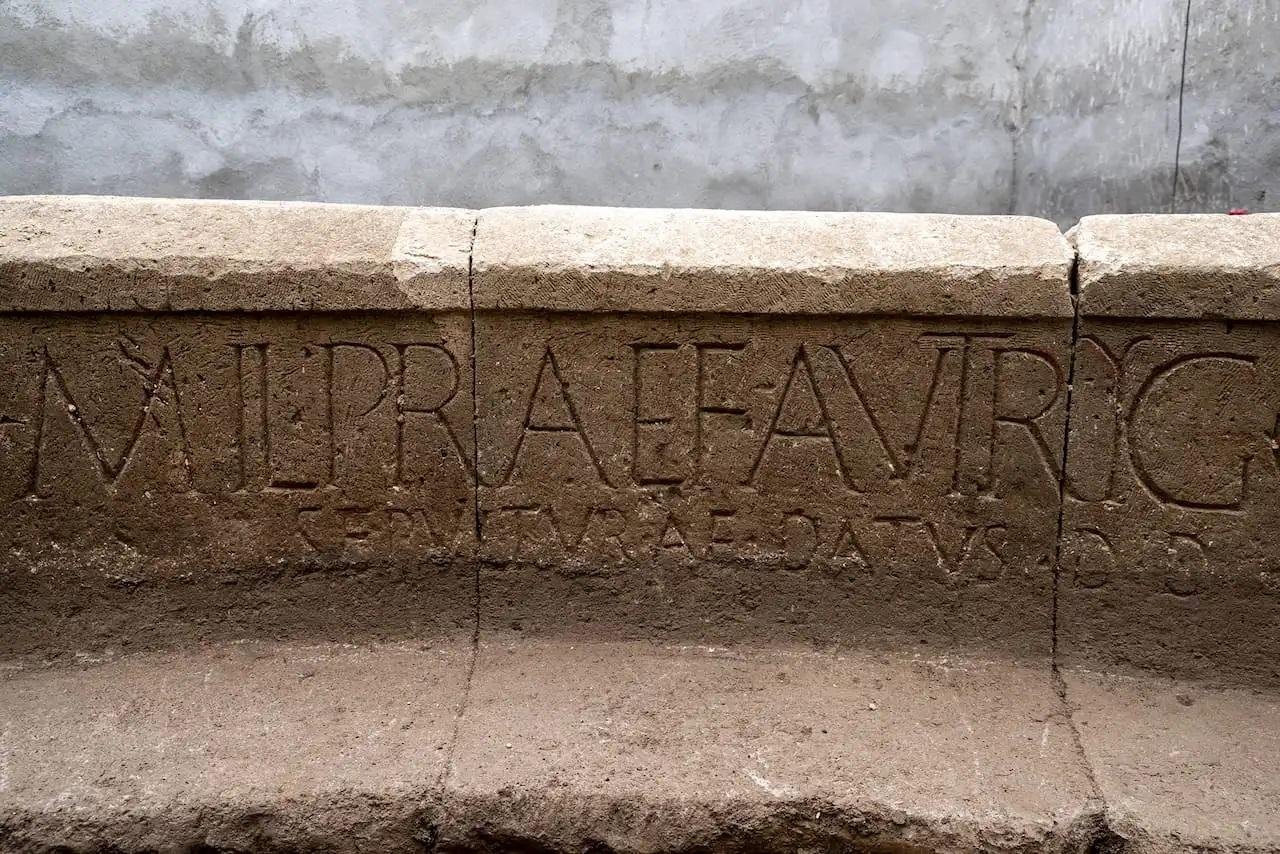 Courtesy of the Archaeological Park of Pompeii
Courtesy of the Archaeological Park of Pompeii
Translated, it honors Numerius Agrestinus, the son of Numerius, who was a Just Knight, military tribune, prefect of the Autrygoni, prefect of engineers, and twice held the position of Duumvir by jurisdiction. His burial place was granted by decree of the city council. This inscription, beautifully carved in regular letters, even retained remnants of the original red paint inside.
One of the remarkable aspects of this find is that Numerius Agrestinus is also known from another funerary inscription located in the Porta Nocera necropolis. There, his wife, Veia Barchilla, had erected a cylindrical monument for herself and her husband. This suggests that only later did the council of decurions decide to honor Numerius Agrestinus with a monument on public land.
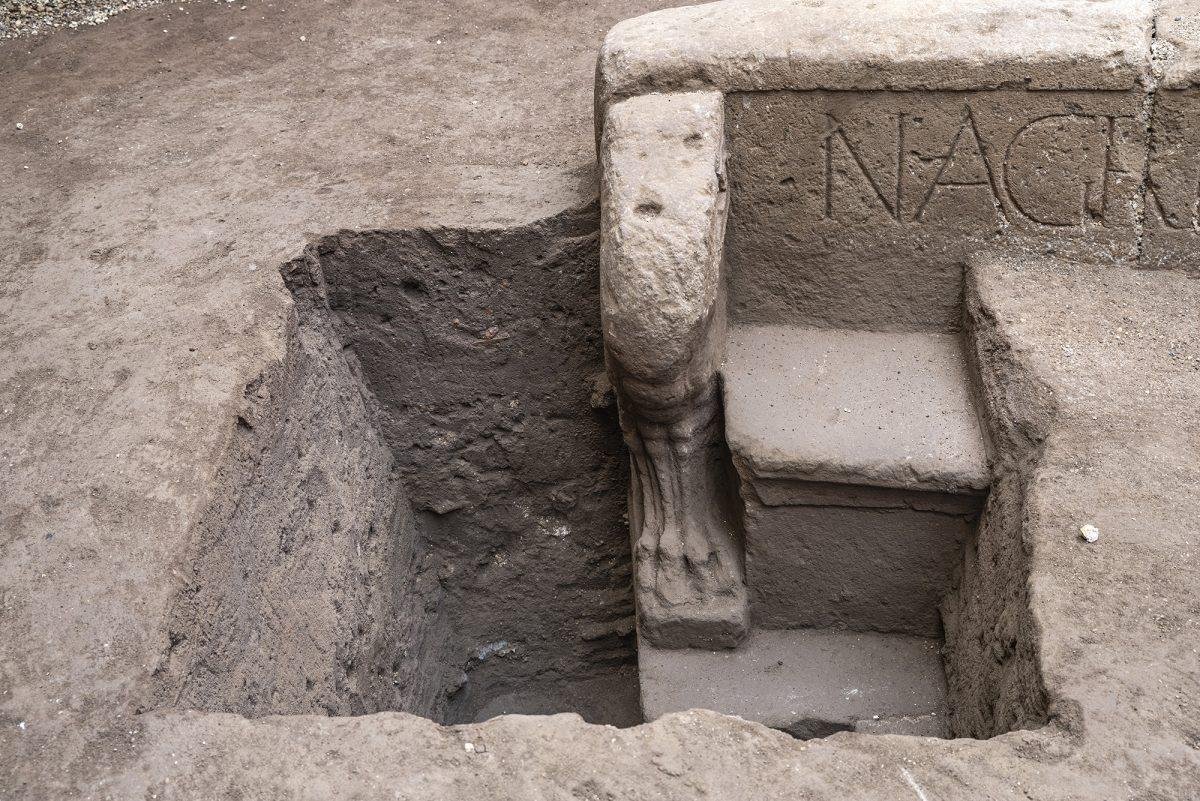 Courtesy of the Archaeological Park of Pompeii
Courtesy of the Archaeological Park of Pompeii
The тιтle “praefectus Autrygonum” adds a unique element to the historical understanding of the period. The Autrigones were a people from the northern regions of the Iberian Peninsula, where Augustus conducted the Cantabrian wars between 29 and 19 BCE to complete the conquest of Hispania. This previously unattested тιтle helps to shed light on the organization of Roman power during a transitional phase from the Republican to the imperial model.
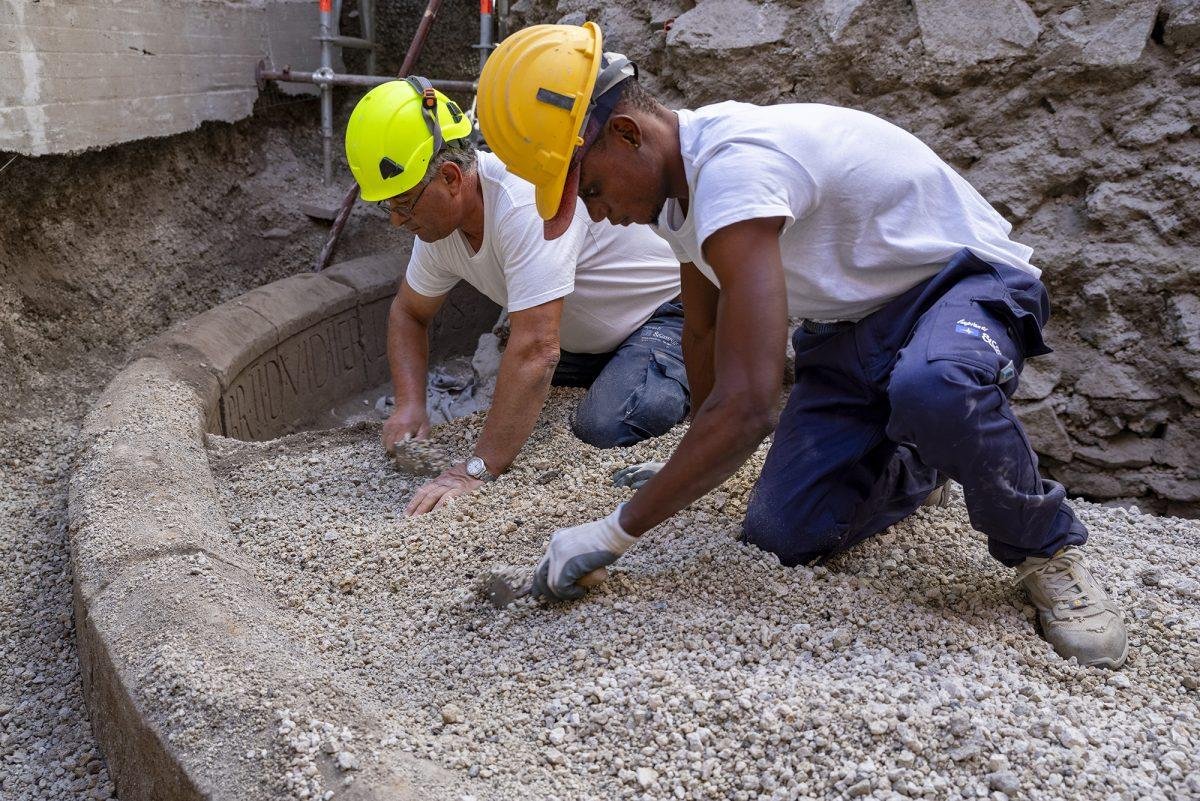 Courtesy of the Archaeological Park of Pompeii
Courtesy of the Archaeological Park of Pompeii
Mᴀssimo Osanna, the Director General of Museums stated: “The discovery of the tomb of Numerius Agrestinus represents a new and important result of a project related to the restructuring of State buildings in the San Paolino area, which already in 2017, as part of the Great Pompeii Project, brought to light extraordinary findings.”
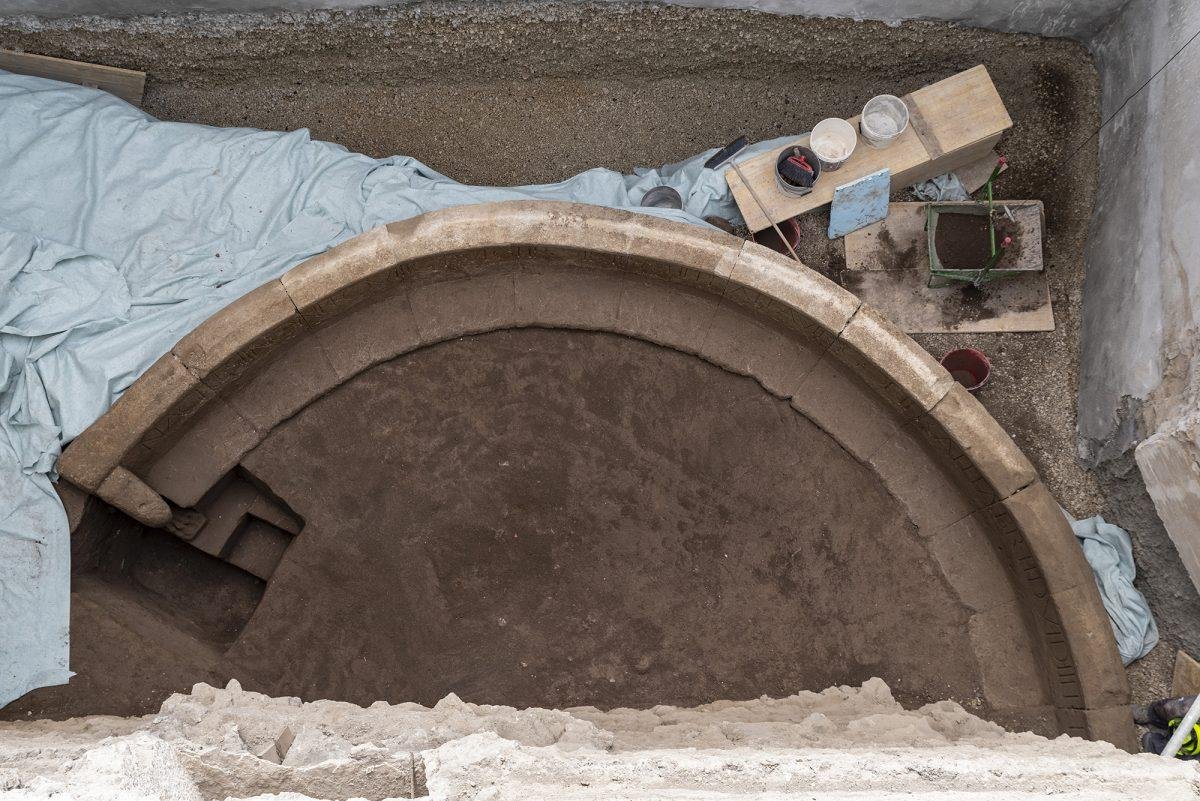 Courtesy of the Archaeological Park of Pompeii
Courtesy of the Archaeological Park of Pompeii
Gabriel Zuchtriegel, the Director of the Pompeii Archaeological Park, said: “We see here the network of power that connected the elites of the empire, whose members were asked to commit themselves in conflict areas, with the promise of economic rewards but above all of social prestige in their community of residence,” he explained.
Zuchtriegel pointed out that holding the highest magistracy in Pompeii, the duumvirate, twice, and being honored with a funerary monument on public land, are expressions of recognition and loyalty to someone who had fought on the front lines for the empire’s cause. “The unexpected discovery of this monument is yet another example of how in Pompeii, protection, research, and enhancement are closely intertwined,” he added.





